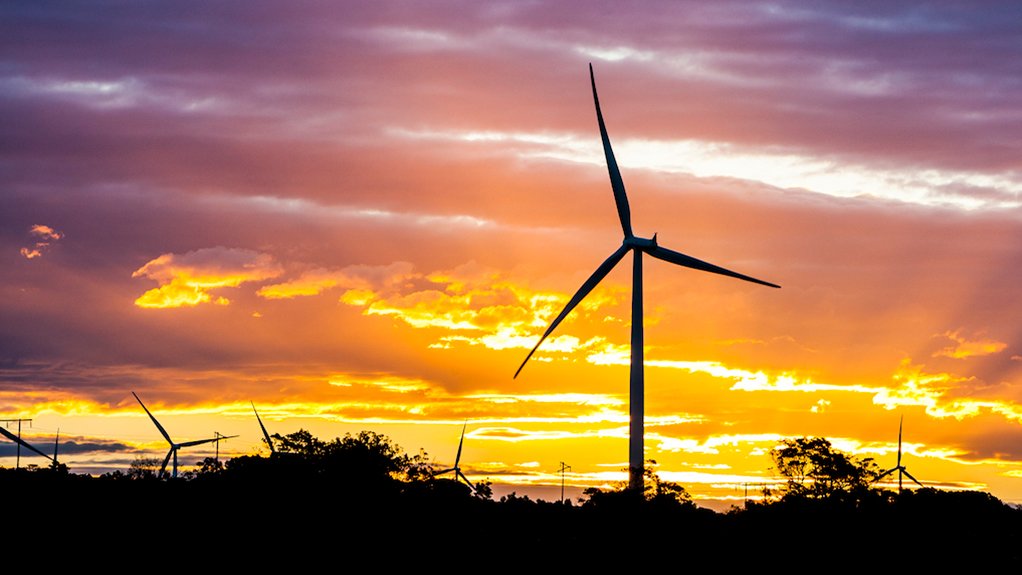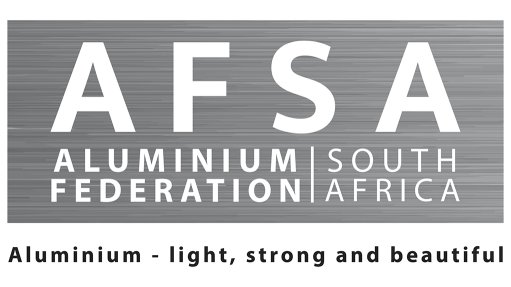Many wind turbine components can be recycled
An issue regarding wind farms that will have to be addressed is how to handle their inevitable decommissioning issues, including what to do with wind turbines (towers, machinery and blades) that have reached the end of their lives. This was the subject of a panel discussion on Thursday at the Windaba 2023 conference, at the Cape Town International Convention Centre.
Dorper Wind Farm CEO and GM Mamoso May affirmed that educating people about what would happen at the end of a wind farm’s life should start now. And that education had to be across the wider South African society, not just in the communities adjacent to wind farms.
The life of a wind farm was unlikely to end when its original wind turbines reached the end of their lives, pointed out Green Street Investments asset manager Wendy Parsons. “We need to focus more than we are on landowner relationships, community relationships.”
Chinese wind turbine original equipment manufacturer (OEM) Goldwind had done a lot of research into decommissioning and recycling wind turbines, assured Goldwind Africa GM Jianqing Zhou. Most of the components of a wind turbine could be recycled. In China, there was a very developed recycling chain for those components. The company itself already had a significant component recycling business.
E-waste Africa research and development manager Mark Williams-Wynn noted that it had been reported that the biggest decommissioning issue with wind turbines and wind farms was the concrete foundations for the wind turbine towers. The towers were also being made out of concrete, but this was not a major issue, as the tower concrete could be crushed and re-used.
Local communities could be involved in the recycling of such concrete, and indeed of other components, stressed May. But there was a need to start preparation in the communities now.
Regarding recycling the turbine blades, the biggest challenge, Parsons highlighted, was the lack of data. What exact composites were the blades made of? What epoxies had been used in their manufacture? What factories had they been made in? The OEMs needed to supply that information.
Zhou observed that some wind turbines, and components, could be refurbished and re-used.
“There’s a very small market for second-hand wind turbines,” cautioned Parsons. Used turbines tended to be old technology systems, with few or no spare parts available. The experience of UK energy group Scottish Power was that only 10% of its decommissioned wind turbines could be sold and re-used.
Making recycling work needed collaboration between all stakeholders in the wind industry, emphasized Zhou. Everyone, from OEMs to the wind farm operating companies, to governments, had to work together to make recycling, and waste disposal, practical. And the economics would have to be considered. Likewise, new technologies would have to be considered, when wind farms were redeveloped.
But Zhou also pointed out that challenges such as these were only part of the story. Goldwind had carried out lifecycle assessments for wind turbines. The whole-life carbon emission figure for a wind turbine was only 7 g per GW/h to 8 g per GW/h. This was 1% of the carbon emissions from a coal-fired power station.
Article Enquiry
Email Article
Save Article
Feedback
To advertise email advertising@creamermedia.co.za or click here
Comments
Announcements
What's On
Subscribe to improve your user experience...
Option 1 (equivalent of R125 a month):
Receive a weekly copy of Creamer Media's Engineering News & Mining Weekly magazine
(print copy for those in South Africa and e-magazine for those outside of South Africa)
Receive daily email newsletters
Access to full search results
Access archive of magazine back copies
Access to Projects in Progress
Access to ONE Research Report of your choice in PDF format
Option 2 (equivalent of R375 a month):
All benefits from Option 1
PLUS
Access to Creamer Media's Research Channel Africa for ALL Research Reports, in PDF format, on various industrial and mining sectors
including Electricity; Water; Energy Transition; Hydrogen; Roads, Rail and Ports; Coal; Gold; Platinum; Battery Metals; etc.
Already a subscriber?
Forgotten your password?
Receive weekly copy of Creamer Media's Engineering News & Mining Weekly magazine (print copy for those in South Africa and e-magazine for those outside of South Africa)
➕
Recieve daily email newsletters
➕
Access to full search results
➕
Access archive of magazine back copies
➕
Access to Projects in Progress
➕
Access to ONE Research Report of your choice in PDF format
RESEARCH CHANNEL AFRICA
R4500 (equivalent of R375 a month)
SUBSCRIBEAll benefits from Option 1
➕
Access to Creamer Media's Research Channel Africa for ALL Research Reports on various industrial and mining sectors, in PDF format, including on:
Electricity
➕
Water
➕
Energy Transition
➕
Hydrogen
➕
Roads, Rail and Ports
➕
Coal
➕
Gold
➕
Platinum
➕
Battery Metals
➕
etc.
Receive all benefits from Option 1 or Option 2 delivered to numerous people at your company
➕
Multiple User names and Passwords for simultaneous log-ins
➕
Intranet integration access to all in your organisation




















